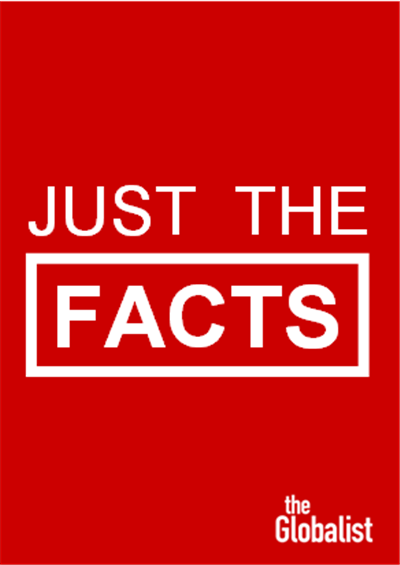South Korea: Moving Up the Global League Table
South Korea’s $1.4 trillion economy was about 52 times larger than North Korea’s in 2014.
February 10, 2018

1. One of the poorest nations on Earth in the 1960s, South Korea’s GDP topped the $1 trillion mark for the first time in 2004 — only the 12th country to have done so at that time. (It currently has the world’s 13th-largest economy.)
2. Based on estimates by South Korea’s central bank, North Korea’s GDP in 2014 was approximately $27.5 billion.
3. This means that South Korea’s $1.4 trillion economy was about 52 times larger than North Korea’s.
4. At the time Korea was partitioned in 1945, North Korea’s per capita GDP was significantly higher than South Korea’s.
5. The rigid communist economic system North Korea embraced as well as the isolation from South Korea and other non-communist countries held back its subsequent development.
6. The country’s per capita income (in purchasing-power-adjusted terms) is now just short of $35,000, according to the World Bank (as of 2015).
7. That is about equal to Spain’s average income — and also nearly matches the average for the European Union’s 28 member nations ($38,700).
8. Even more astonishingly, South Koreans are nearing Japan’s level, where the per capita income (at $40,800) is now just about 18% larger.
9. However, the Japanese worked on average 21% less (1,713 hours versus 2,069 hours, in 2016) to generate their annual income.
Sources: The Globalist Research Center, OECD, Bank of Korea
Takeaways
The rigid communist economic system North Korea embraced held back its subsequent development.
South Koreans are nearing Japan’s level, where the per capita income (at $40,800) is now just about 18% larger.
The Japanese worked on average 21% less (1,713 hours in 2016) to generate their annual income.